When I started this build, I had a clear vision: a deep navy epoxy seat paired with warm walnut, clean joinery, and a floating silhouette. What I didn’t have? A clear understanding of just how tricky it would be to pull off. Let’s just say the final bench turned out great—but not without a few lessons along the way.
The Idea: A Resin Bench for My Breakfast Nook
I wanted something bold but not loud. A bench that could anchor a dining space but still feel minimal. So I designed a piece with a navy resin seat, walnut frame, and a subtle live-edge inset—not a full-on river table, but a hint of movement.
You can see similar builds over on the resin bench collection here.

What Worked Really Well
1. Navy Resin + Walnut = Surprisingly Timeless
I wasn’t sure if navy would hold up long term, but paired with walnut it just works. It brings depth without overwhelming the space. If you’re thinking about adding color to a resin build, navy is a safe but statement-worthy choice.
2. Undermount Legs Keep It Clean
I used flat steel legs recessed slightly underneath the bench. They disappear unless you’re looking directly underneath—exactly the floating effect I wanted.
3. Compact Design Fits Small Spaces
Our breakfast nook isn’t huge, so I kept the depth tight—just 14". With the clean slab top, it still feels spacious enough without crowding the table.

What I’d Do Differently Next Time
1. I’d Skip the Flood Coat… Or At Least Do It Later
I applied a glossy flood coat too early—before final sanding. Big mistake. I had to go back, level out a few high spots, and re-polish everything. Next time, I’d do all sanding and detailing *before* any finish coats go on.
2. More Resin Pigment Than I Thought
It took more navy pigment than I expected to achieve that rich tone. My first pour looked more smoky gray than blue. I ended up adding a few drops of black to punch up the depth—worked like a charm.
3. Wider Overhang Would've Looked Better
I kept the overhang flush with the legs, but now I wish I’d allowed for an extra inch or two. It would’ve added more presence and made the bench feel less rigid.

Lessons I’ll Take Into My Next Dining Bench Build
- Always test pigment ratios before pouring large batches
- Leave extra time for finishing—it’s always more than you think
- Small proportions can feel delicate or weak—err on the side of a thicker slab or wider seat
Want to Build Something Like This?
If you're dreaming up your own custom dining bench, you can explore our custom resin project page to request your own build. We also have a full guide on how epoxy furniture like this is made.

And if you're just getting started with resin builds, this isn't a bad place to begin—it’s smaller than a table, but more involved than a simple board.
— Solomon
Founder, The Resin Society
Started with small resin tables in my apartment — now building a global community of artists, collectors, and creatives. resinsociety.net
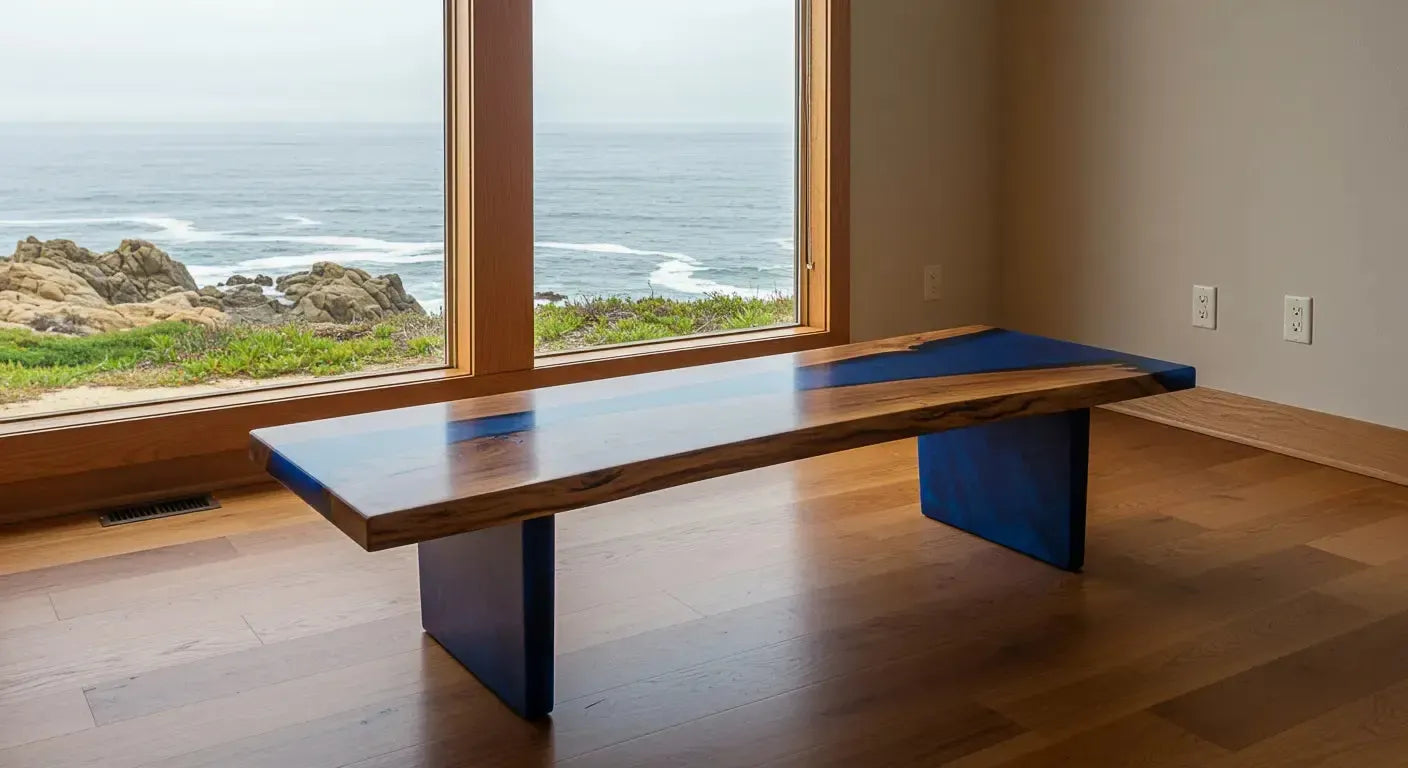
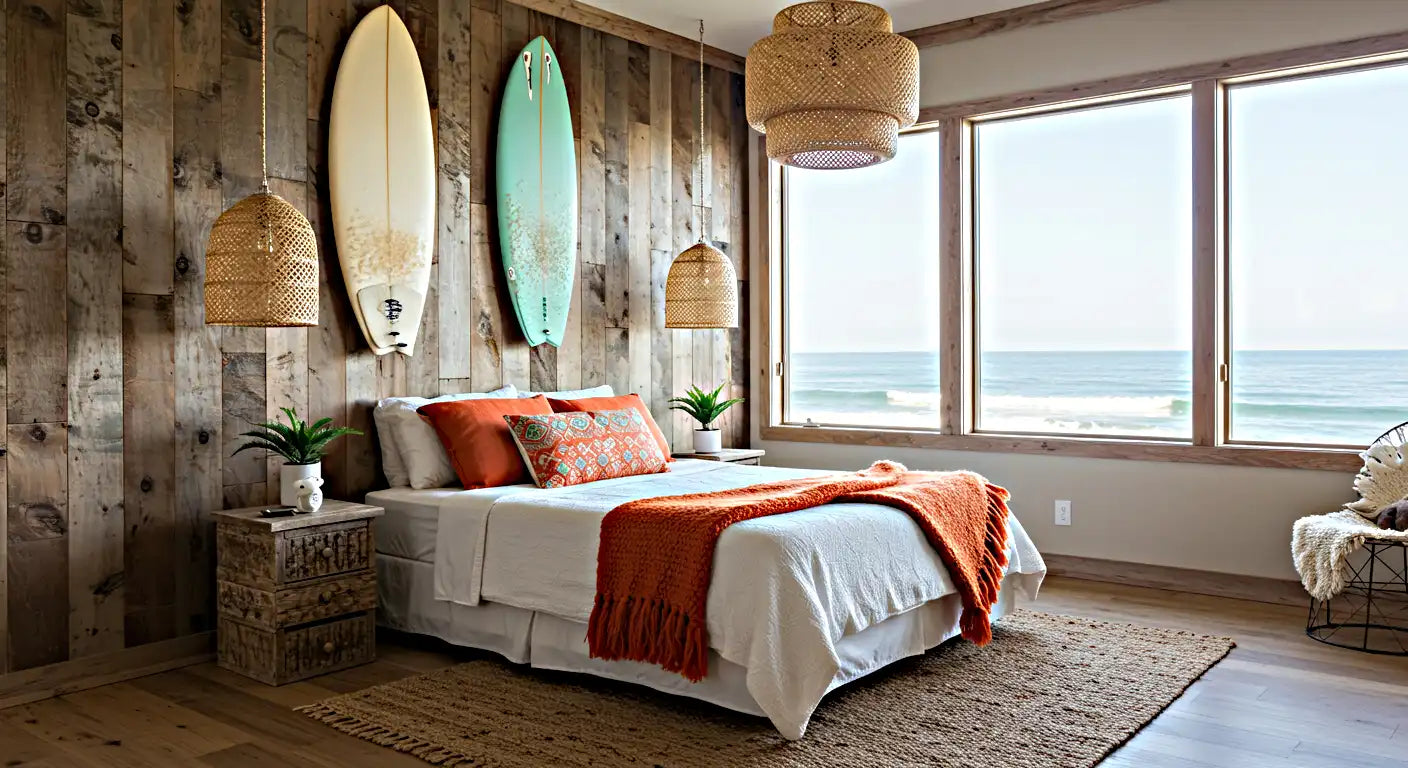

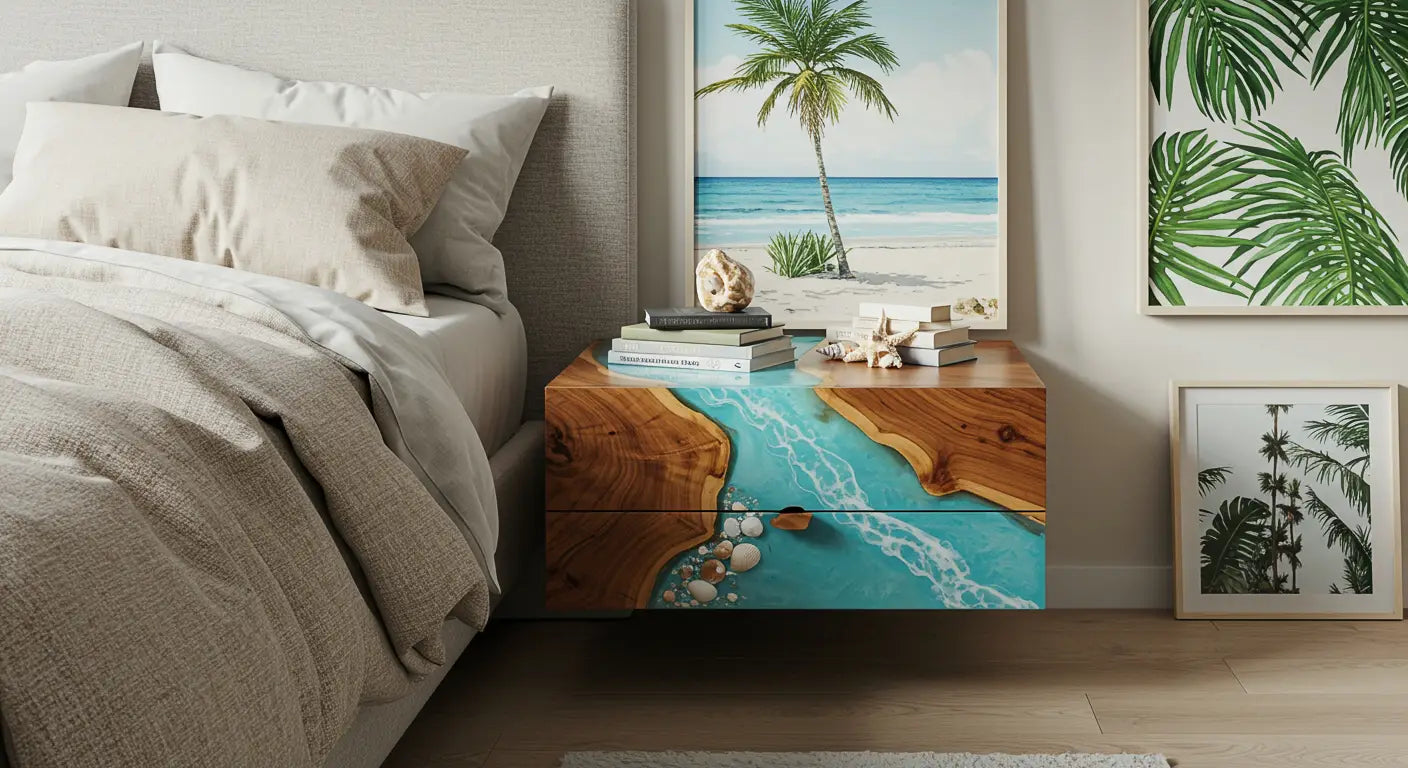
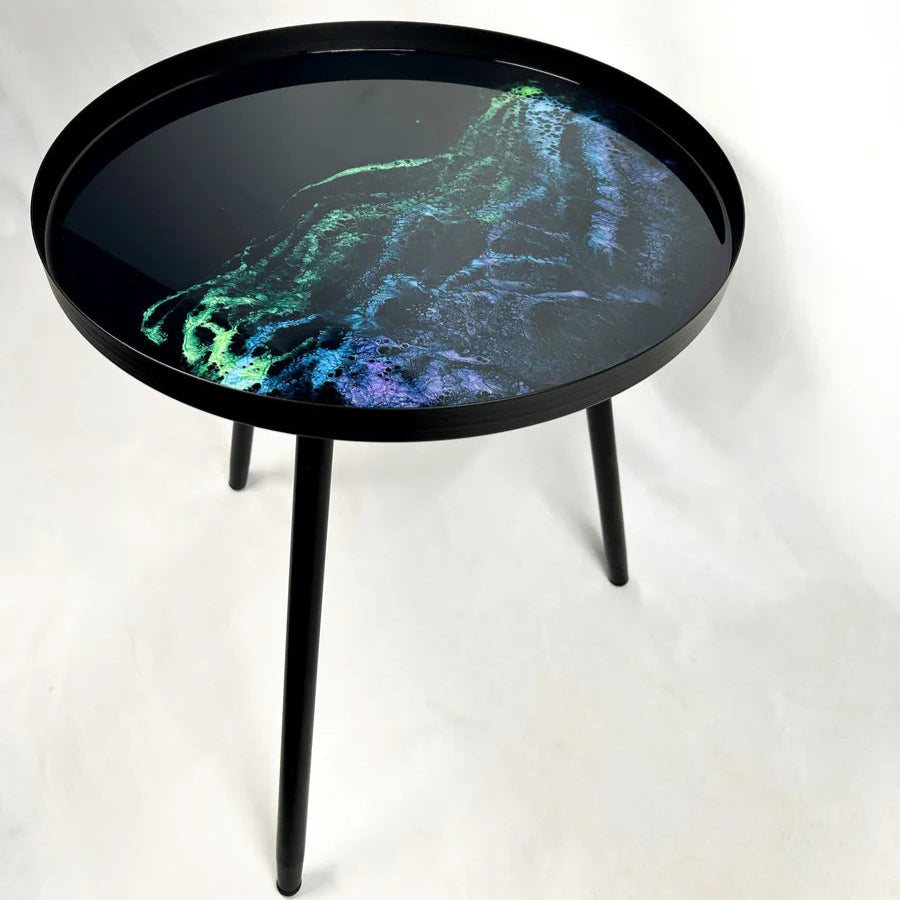
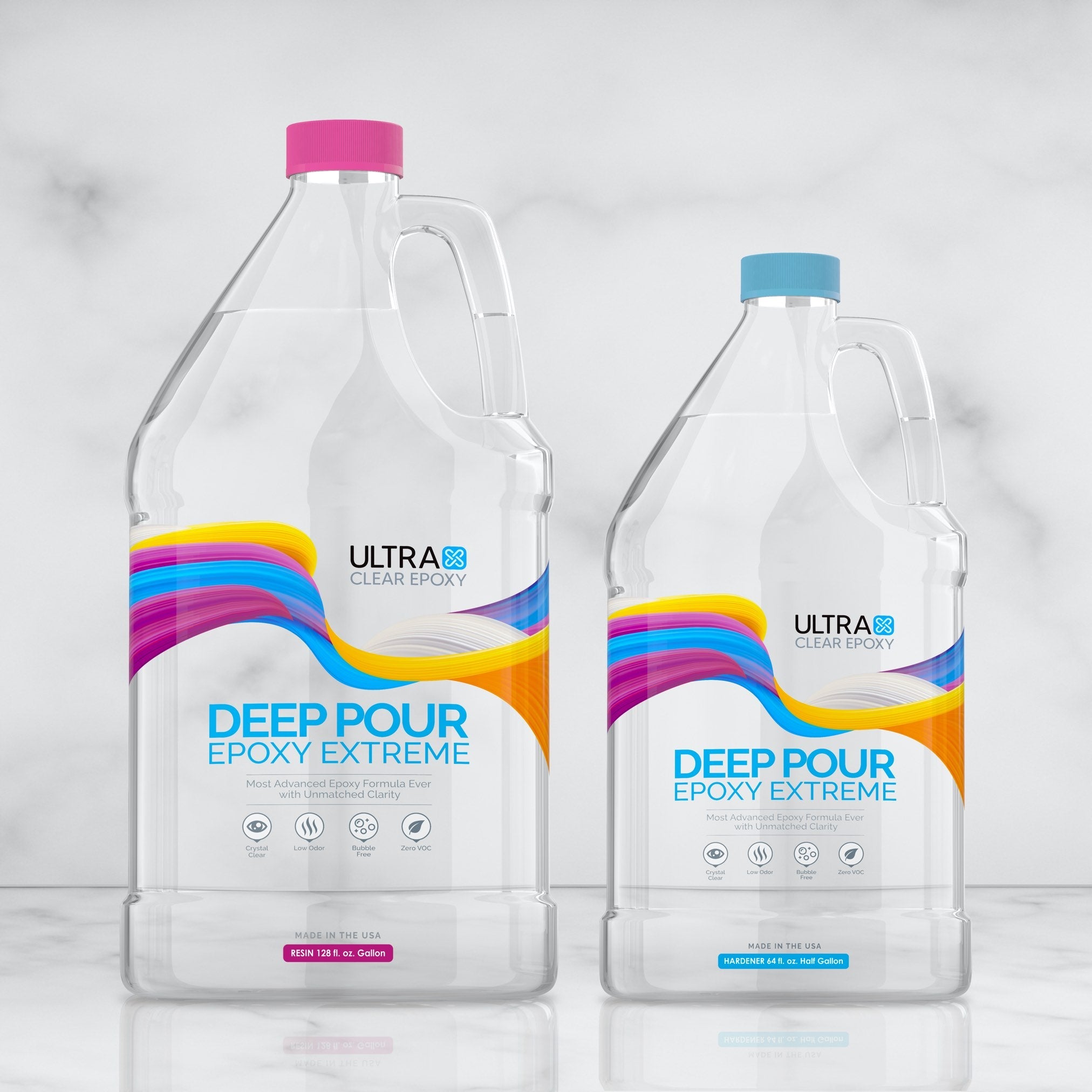
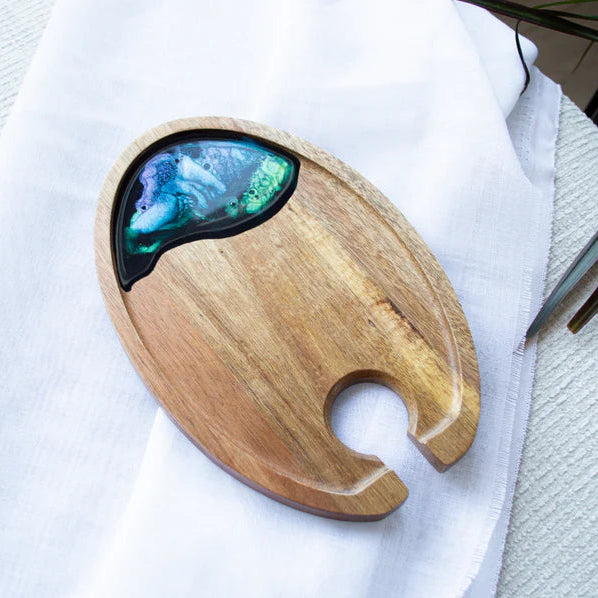
Share: